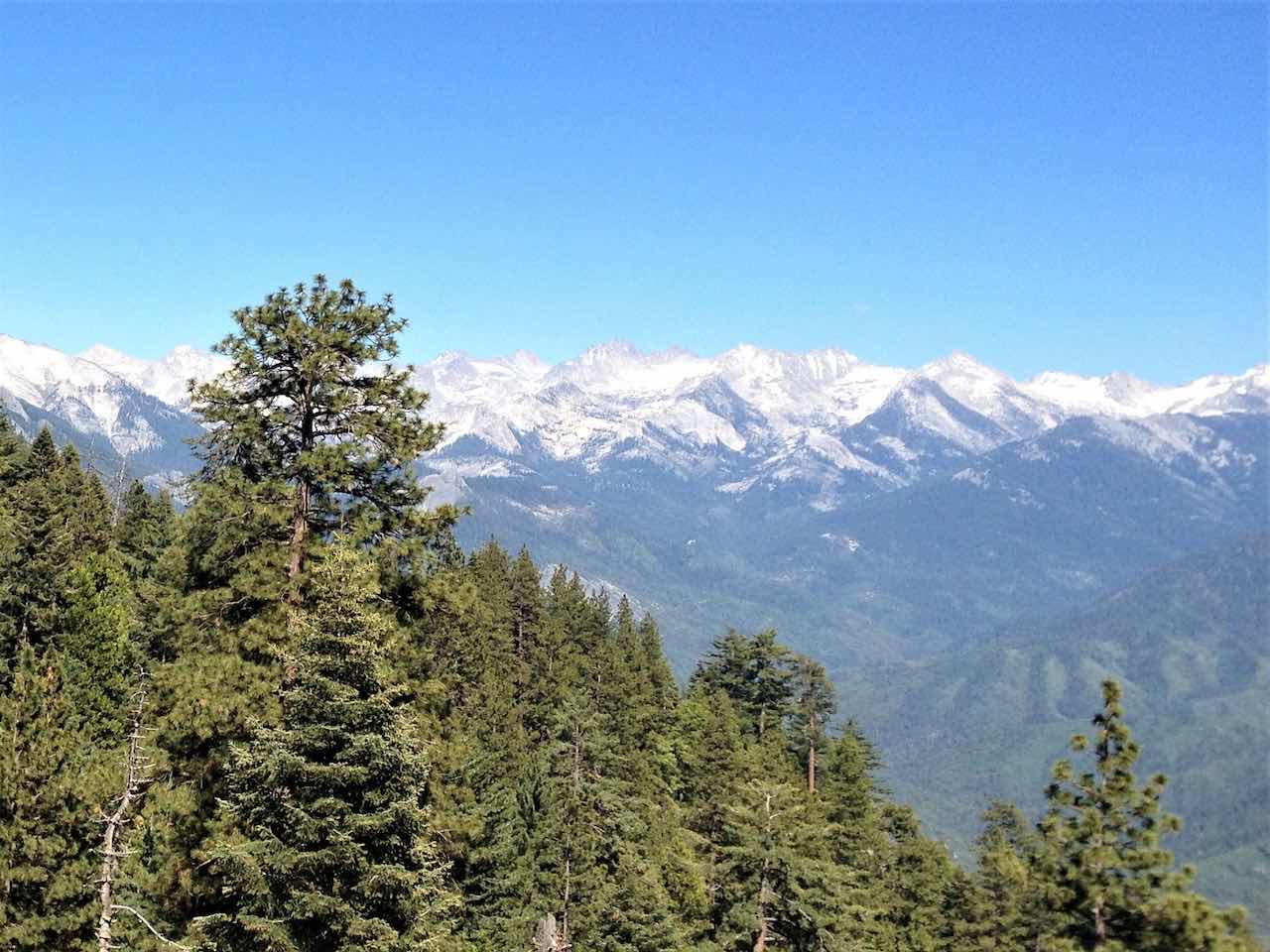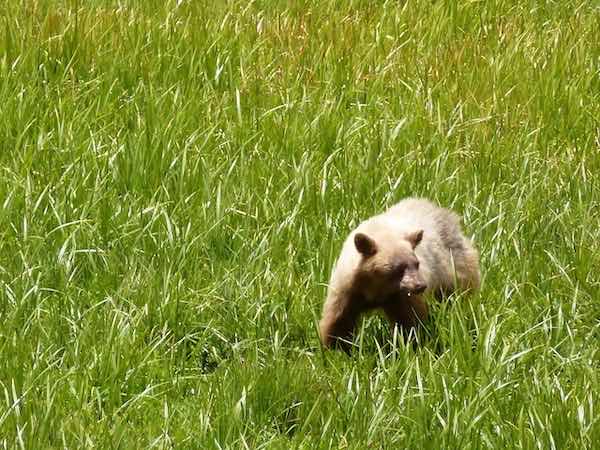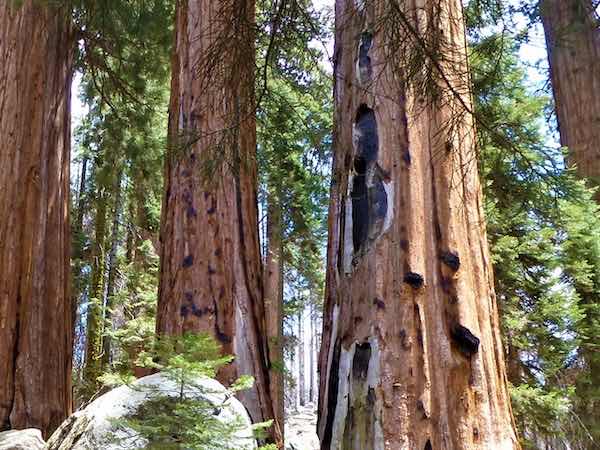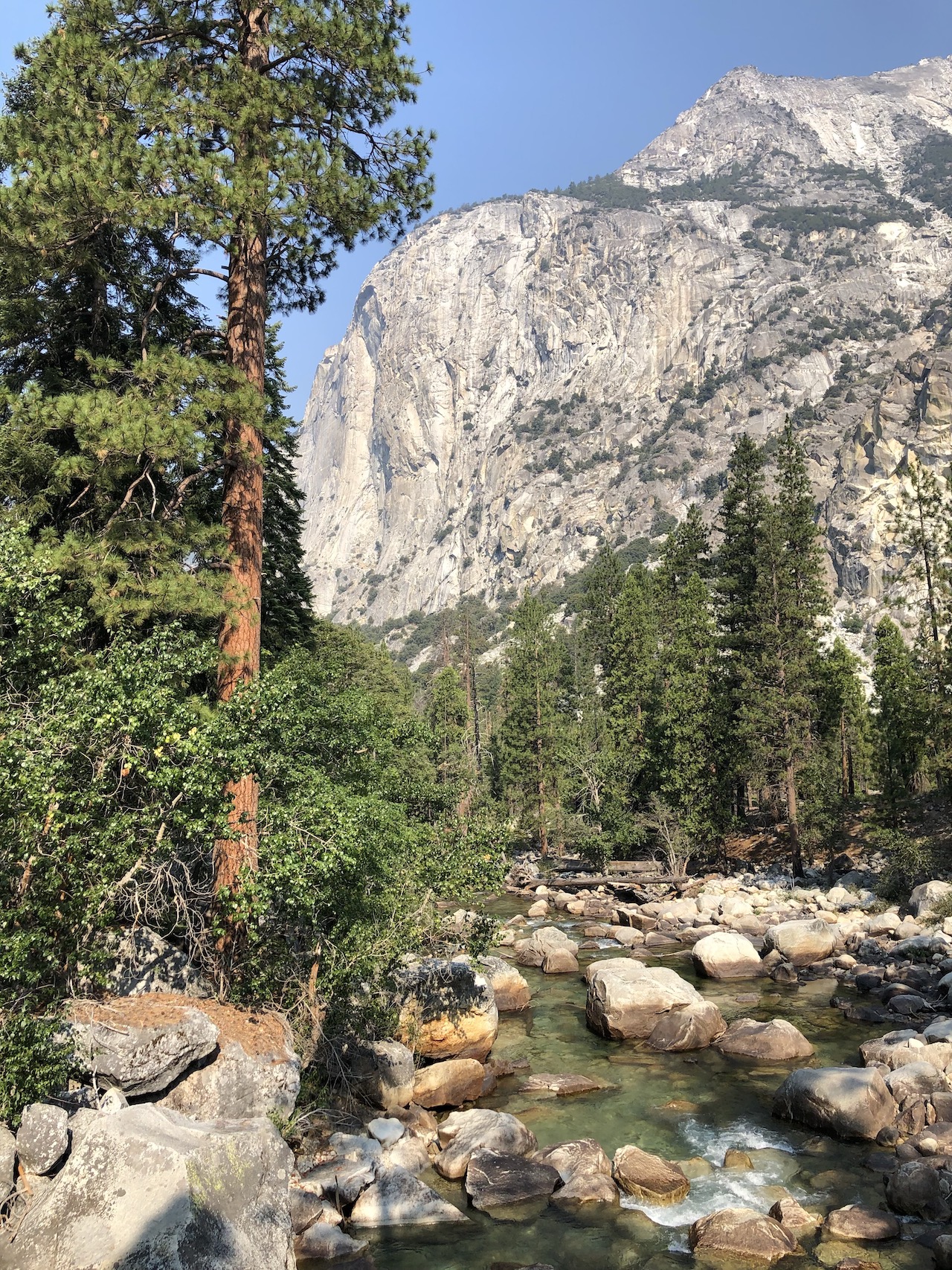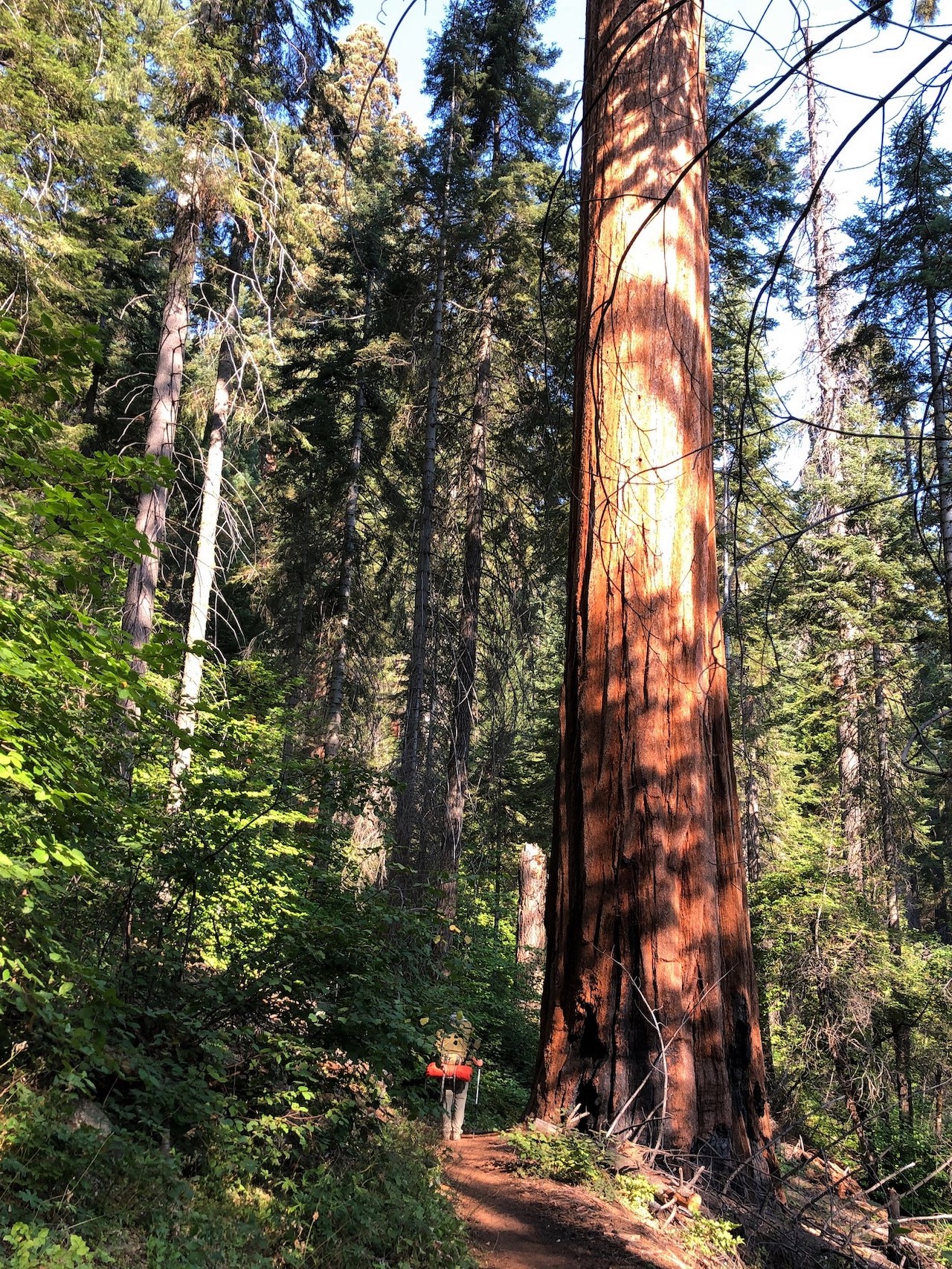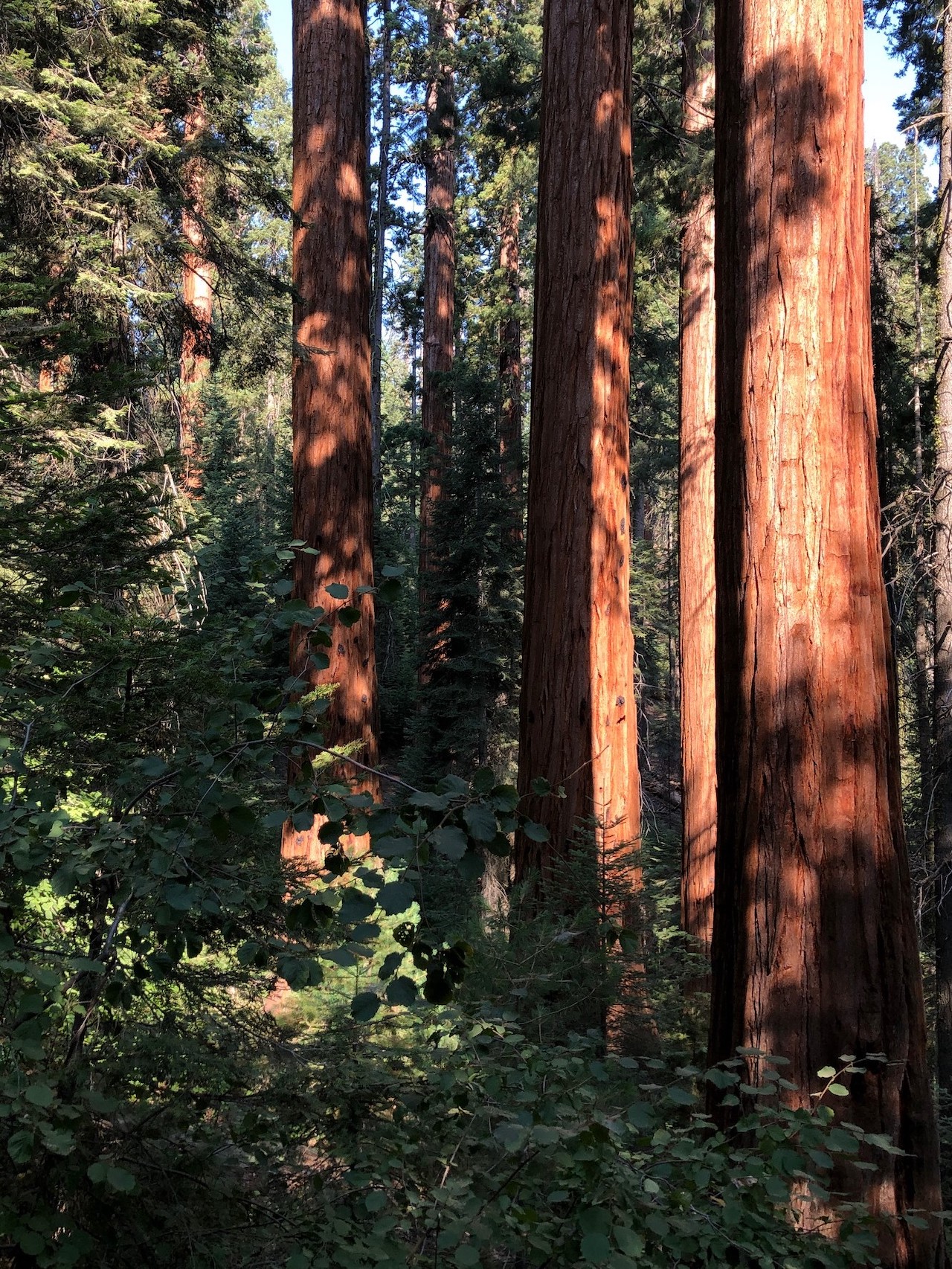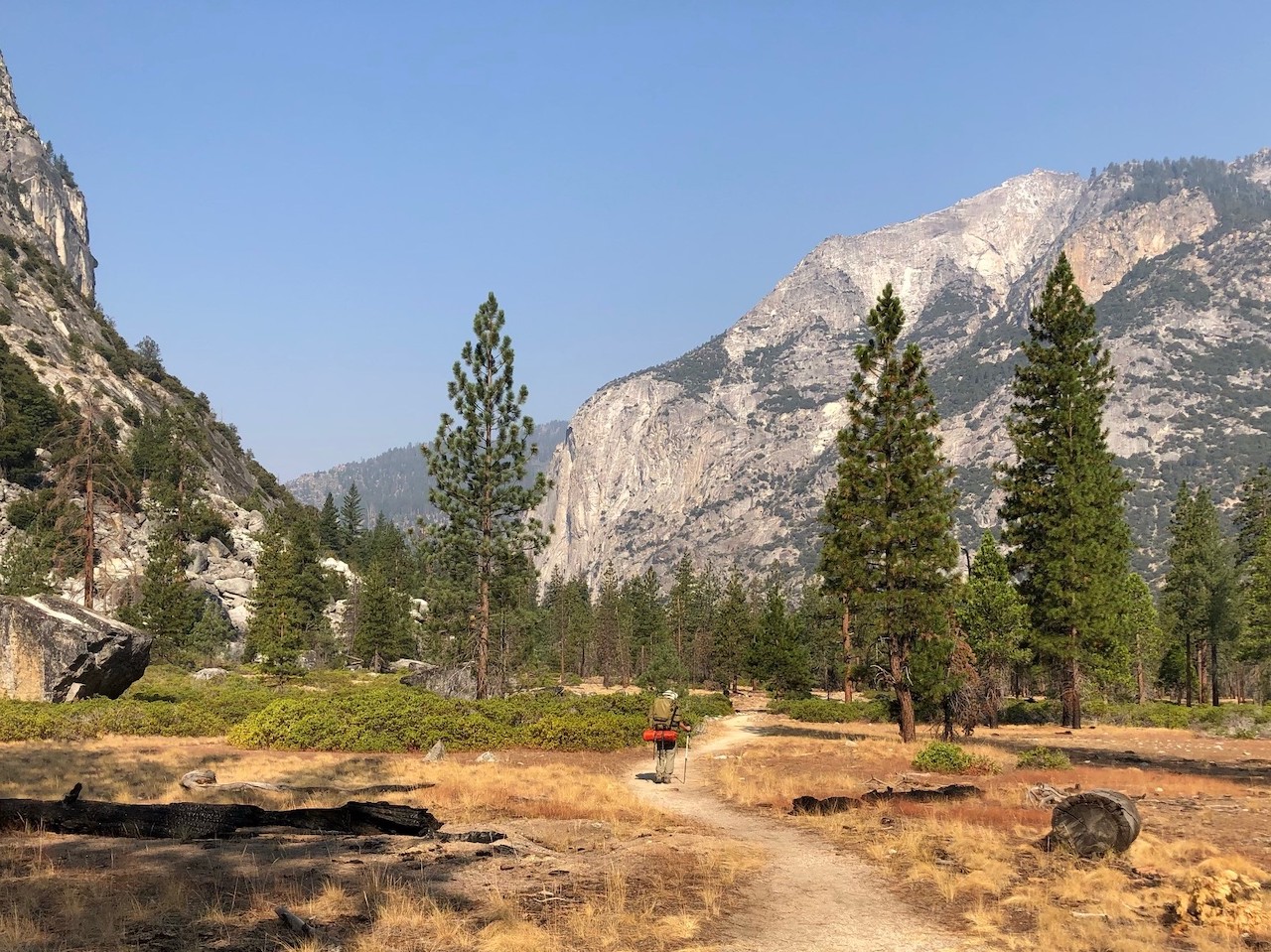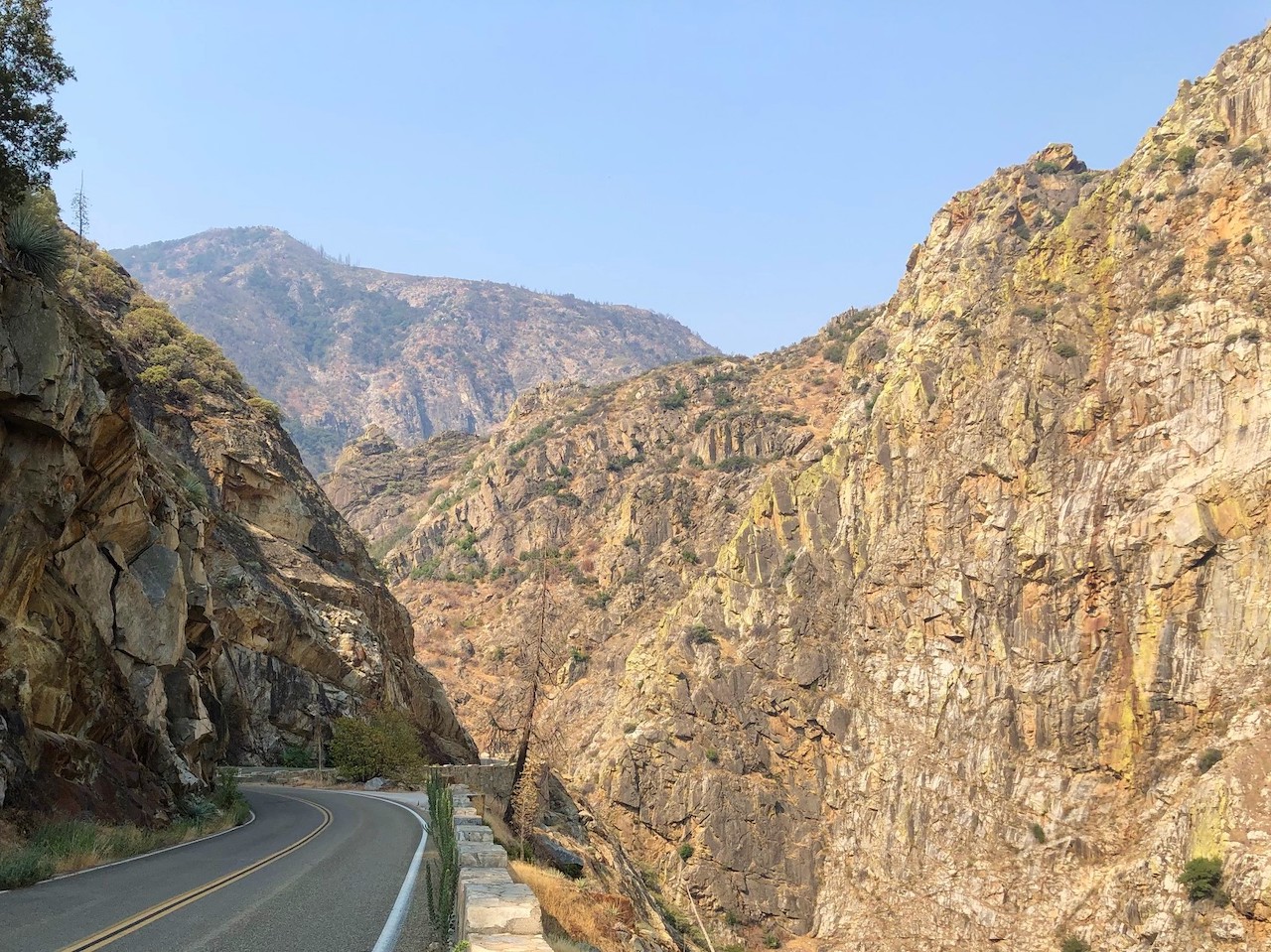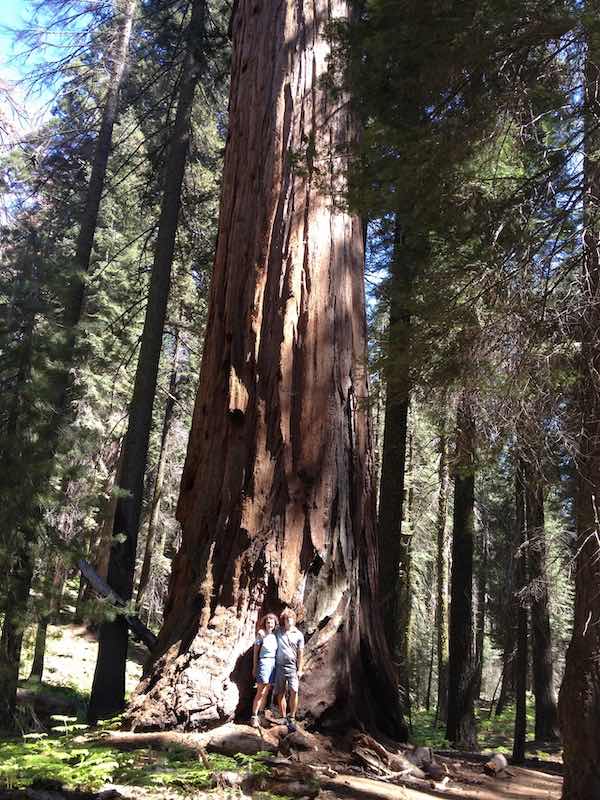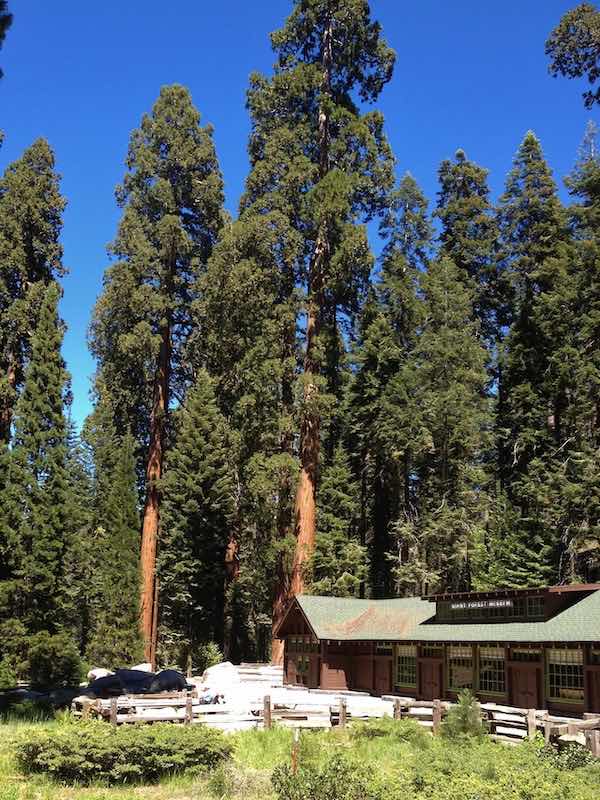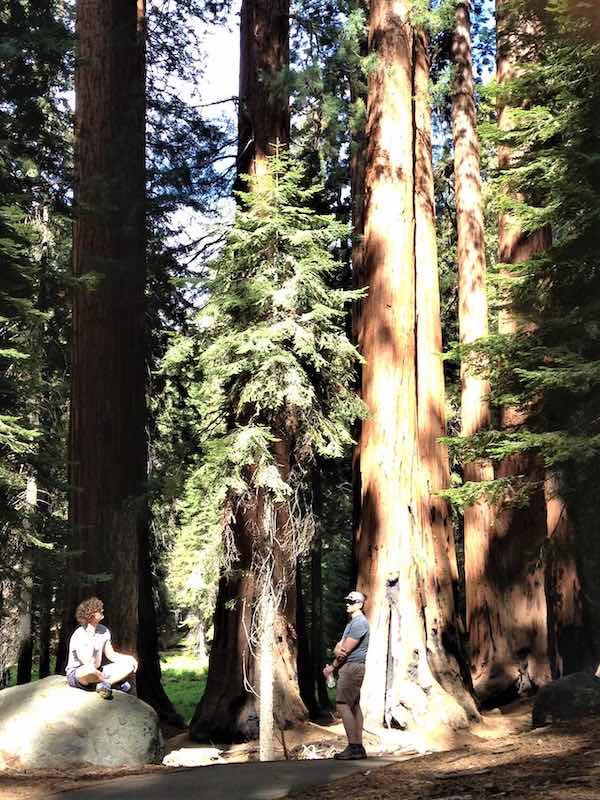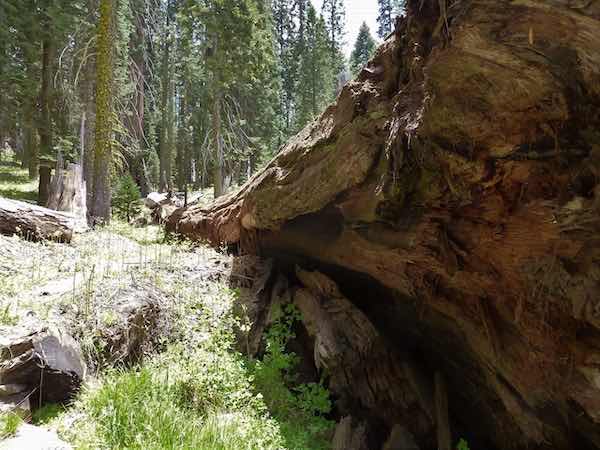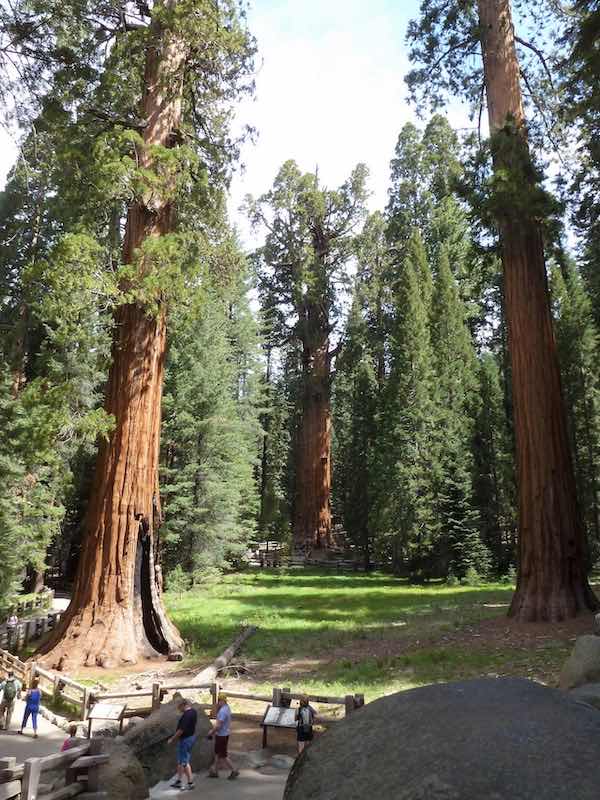
Sequoia and Kings Canyon National Parks
With the biggest tree on earth (General Sherman), the highest peak in the continental US (Mt. Whitney) and other notable and beautiful natural features, Sequoia and Kings Canyon National Parks are both fascinating and memorable. Adjacent to one another, these national treasures are managed by the National Park Service as one park.
In addition to massive trees – 5 of the 10 largest in the world – the parks have stunning canyons, beautiful mountainous areas, exciting watchable wildlife, extensive wilderness areas, great camping and backpacking, diverse plant life, and year-round activities, including winter snowshoeing and cross-country skiing. The Monache people lived in this area, and created bedrock mortars and pictographs, which can be seen in various locations, like Hospital Rock.
The five distinct areas within the parks are: Giant Forest & Lodgepole, Grant Grove, Cedar Grove, Mineral King and Foothills. Each area is worth visiting, but the Giant Forest & Lodgepole and Grant Grove sections of the park should definitely not be missed. For more remote experiences, the Cedar Grove and Mineral King areas are filled with spectacular views and adventure. Special hikes throughout the parks include the Congress Trail, Big Trees Trail, General Sherman Tree, Moro Rock, North Grove Loop, Tokopah Falls, Crescent Meadow, Zumwalt Meadow and the High Sierra Trail to Bear Paw Meadow. These choices and more are wonderful.
Sequoia and Kings Canyon National Parks are awe inspiring, and they are owned by all of us.
Details
Location
Three Rivers (Ash Mountain Entrance to Sequoia National Park)
Managed By
National Park Service
Website(s)
Distance from UCSB
250 mi
How To Get There
Things To Do
Backpacking, Birdwatching, Camping, Hiking, Historic/Cultural Interest, Other Recreational Activities (caving), Picnicking, Relaxing, Running (trail), Viewing, Walking, Watchable Wildlife
Fun Facts
There are over 200 species of birds in the two parks, which are designated as Globally Important Bird Areas. The Park Service offers a full list of the species in the park.
The Parks have more than 200 explored caves, including California’s longest (Lilburn Cave, over 17 passage miles) and Crystal Cave (with public access).
Over 95% of the parks are designated wilderness.
Other Information
There is a very useful and comprehensive App for the parks produced by the National Park Service. The Park Service also offers excellent on-line maps.
There are outstanding camping and backpacking opportunities in the parks. Just be sure to make camping reservations or backpacking reservations before you go.
This destination has accessible features; to review, click here.
Nearby Public Lands Worth Visiting
Sequoia National Forest, and especially Trail of 100 Giants.
© Great Public Land Destinations. All Rights Reserved.
Terms of Use
